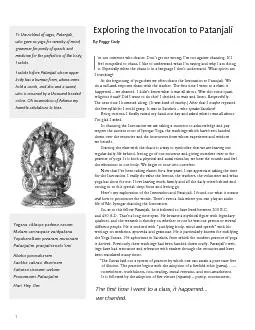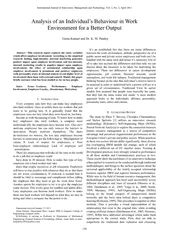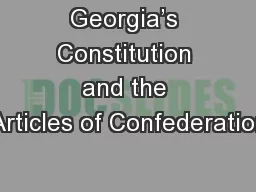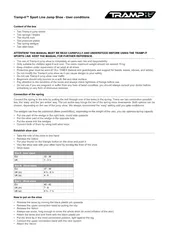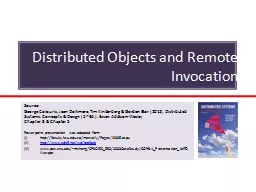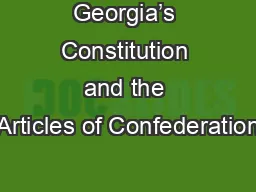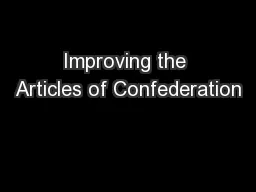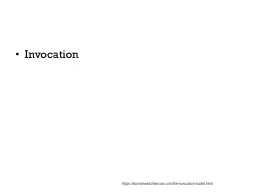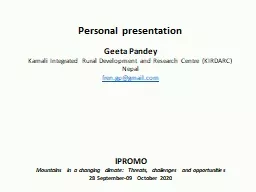PDF-What follows are two articles by Geeta Iyengar, about the Invocation t
Author : trish-goza | Published Date : 2015-08-18
Geeta Iyengar146s Comments and Translatione two slokas verses that we chant to invoke Lord Patanjali begin the Bhojavritti Bhoj146s commentary on the Yoga Sutras
Presentation Embed Code
Download Presentation
Download Presentation The PPT/PDF document "What follows are two articles by Geeta I..." is the property of its rightful owner. Permission is granted to download and print the materials on this website for personal, non-commercial use only, and to display it on your personal computer provided you do not modify the materials and that you retain all copyright notices contained in the materials. By downloading content from our website, you accept the terms of this agreement.
What follows are two articles by Geeta Iyengar, about the Invocation t: Transcript
Download Rules Of Document
"What follows are two articles by Geeta Iyengar, about the Invocation t"The content belongs to its owner. You may download and print it for personal use, without modification, and keep all copyright notices. By downloading, you agree to these terms.
Related Documents

